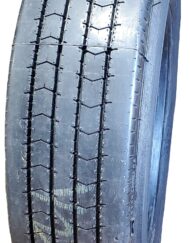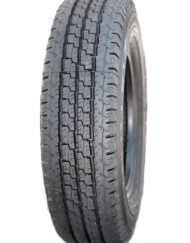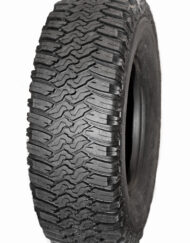7 Tips for Safe Winter Driving
No matter where you live, it’s important to prepare yourself for winter driving. You’re 36% more likely to be involved in a motor vehicle accident in January than July, according to the National Highway Traffic Safety Administration. Ice and snow create hazardous driving conditions that even the most experienced motorists should never underestimate.
Wind speed, wintry precipitation and pavement temperature all have significant impacts on your ability to drive. Winter weather affects everything from visibility distance to pavement friction, so it’s important to know how to prepare for safe winter road travel.
Invest in enhanced winter traction tires.
Your tires directly correlate to pavement traction, which can be the difference between a fender bender and an eventless trip. By investing in enhanced winter traction tires, you’re more likely to maintain control of your vehicle during dangerous weather conditions. Furthermore, be sure to keep your winter tires inflated. Cooler temperatures decrease tire pressure, which is always dangerous.
Prepare your vehicle.
While it’s important to stay up-to-date on vehicle maintenance at any time of the year, this is especially important during the winter months. Dramatically cooler temperatures directly impact the ignition system, fuel system, brakes, defroster, and belts. By preparing your vehicle for winter driving, you’ll be able to avoid a dangerous situation on the road.
Check your battery.
When the temperature drops, so does battery energy. It takes more power to start a cold vehicle than a warmer one. Be sure to regularly check your battery’s energy levels and have your mechanic ensure the voltage is sufficient. Also, keep fresh gasoline in the vehicle to support the system and alleviate stress from the battery.
Plan ahead.
Whether you’re going on a road trip or taking the daily commute to work, it’s important to plan every aspect of your trip. For instance, what route are you taking? Consider which roads are more likely to ice over in wintry weather, and then avoid them. Well-travelled roads are more likely to have traction than side roads. Planning ahead also means stocking your vehicle with emergency provisions in case of an accident or getting stuck in the snow.
Don’t stop when driving uphill.
Icy roads are difficult enough, but icy conditions on an uphill road are especially treacherous. When driving uphill, be sure to get inertia and avoid stopping until you reach the top. Sometimes stopping on a hill is unavoidable. So make sure you are prepared by carrying spare socks, a bag of sand, or even diapers. This way, if you’re ever stuck driving uphill, you can place throwaway items under your tires for traction.
Leave a few minutes early.
Whether you’re headed to work or to a friend’s house, chances are that icy conditions will result in traffic delays. Instead of speeding to make up for lost time (which is dangerous), compensate for the delays by hitting the roads a few minutes earlier than you usually would.
Keep your distance.
As a general rule of thumb, stay 5-7 seconds behind the vehicle in front of you. Wintry weather decreases your ability to stop exactly when you want to. In fact, you might even skid a little as you apply pressure to the breaks.
Tire Recappers of Nashville is committed to the safety of our clients. Our enhanced winter traction tires are proven to improve driving conditions on slick, icy roads.



